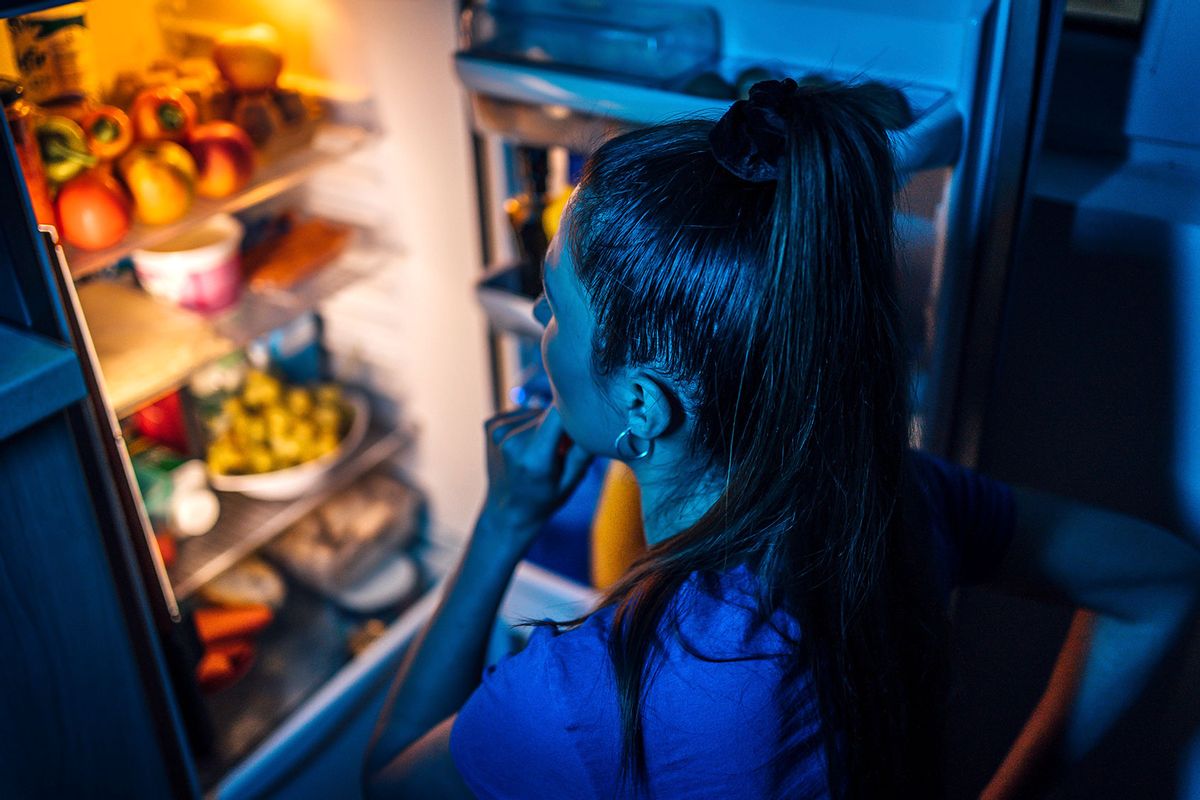Inside the body, a cocktail of processes connecting your hormones, brain and metabolism wax and wane in a 24-hour cycle called the circadian rhythm. Although this cycle is influenced by external factors like exposure to sunlight, as well as behaviors like staying up late or working nights, it’s also rooted in genetics. So-called “early birds” naturally wake at dawn and sleep at dusk, more or less, while “night owls,” feel more awake in the evening and naturally sleep later.
A new study published Monday compared nearly 64,000 female nurses who self-reported whether they were early birds or night owls, also known as morning or evening chronotypes, and found the former to be at a health advantage. Writing in the Annals of Internal Medicine, researchers found self-identified night owls had an increased risk of developing type 2 diabetes and participating in other unhealthy lifestyle behaviors like smoking, not getting enough exercise and poor sleep compared to early birds.
“We know that people who have evening chronotypes, these night owls, are more likely to have unhealthy sleep habits like short sleep duration or irregular sleep,” said study author Tianyi Huang, ScD, assistant professor of medicine at Harvard Medical School. “Our question was whether, among night owls or early birds, night owls were at a higher risk of diabetes because of their poor sleep.”
In the study, which was funded by the National Institutes of Health, women who were night owls had a 72% higher risk for diabetes compared to those who were early birds, although in another analysis that controlled for things like body mass index, diet and physical activity — which all also influence diabetes risk — the risk was far lower but still increased at 19%.
It could be something about the genetics of the chronotypes themselves, or it could be caused by different behaviors associated with staying up late.
It should be noted that the majority of participants who responded to the survey were white women who identified as early birds, so the study may not be applicable to all populations, wrote Mingyang Song, ScD, and Dr. Edward Giovannucci, ScD, of the Harvard T.H. Chan School of Public Health, in an editorial published with the research.
“Another potential unmeasured confounder is the type of work, which may also influence a person’s chronotype, health behaviors and diabetes risk,” they wrote.
Nevertheless, this isn’t the first study to link evening chronotypes with poor health. Others have similarly found night owls have higher risks of obesity, high blood pressure and cardiovascular disease. One study even found a correlation with an increased risk of early death.
It’s not clear what’s driving this association. It could be something about the genetics of the chronotypes themselves, or it could be caused by different behaviors associated with staying up late — like drinking, smoking or getting less sleep — that secondarily impact health.
The negative health effects linked to being a night owl could be due to a malaligned work schedule, which — the good news is — can be changed.
It could also be that night owls’ natural sleep schedule is misaligned with their work or social life, leading to sleep deprivation that takes a toll on health in the long run. In the editorial, Song and Giovannucci noted that chronotypes could also be disrupting glucose metabolism or insulin resistance, which could also influence diabetes risk.
“People with an evening chronotype … may skip their breakfast because they go to bed late, or it may undermine their ability to do exercise during the day time,” Huang told Salon in a phone interview.
Want more health and science stories in your inbox? Subscribe to Salon’s weekly newsletter Lab Notes.
The study suggests the negative health effects linked to being a night owl could be due to a malaligned work schedule, which — the good news is — can be changed.
“Indeed, removing people with late chronotypes from morning shifts and those with early chronotypes from night shifts has been shown to improve sleep among shift workers,” Song and Giovannucci wrote.
On the other hand, as more people work from home in the pandemic labor shift, there might be more people with disrupted sleep patterns because they don’t have the same routine of getting up to commute to work, Huang added.
“The consequence of that is some people may tend to shift to a later shift schedule, which may mean that they may look more like an evening chronotype or night owl,” he said. “That could have some negative impact on their lifestyle during the day.”
Night owls may not be able to alter their chronotype, but they can alter lifestyle behaviors like getting enough exercise, diet and smoking, which can impact things like diabetes risk down the line. You can also adjust your circadian rhythm and improve sleep hygiene by avoiding lights, including screens, at bedtime and trying to go to bed at the same time every day, even if it’s late.
“For people who are night owls, the message is they should pay more attention to their lifestyle factors,” Huang said. “Even if they are not able to alter their chronotype, there are other things they can change like their lifestyle or sleep schedule.”

